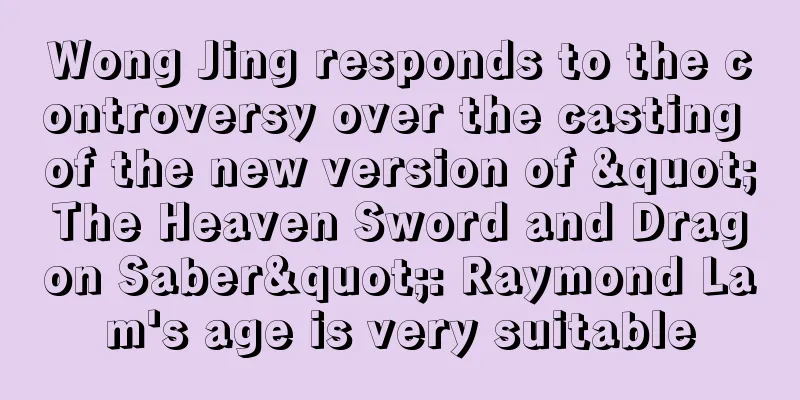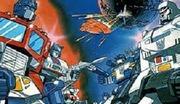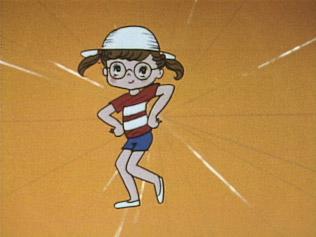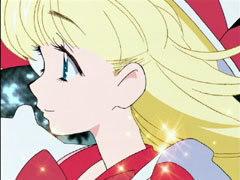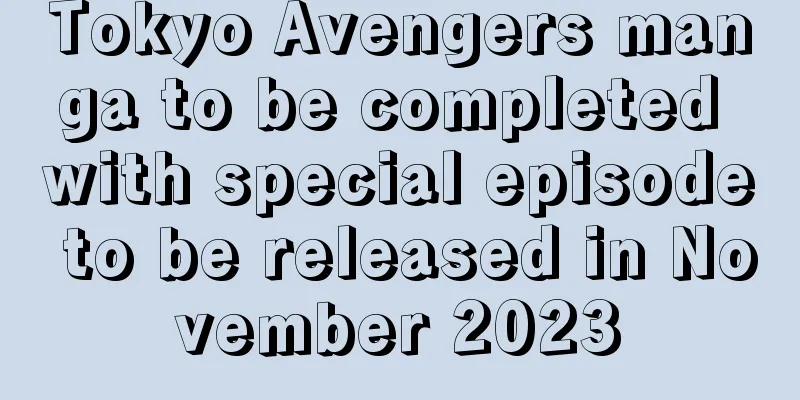Winter Day: The charm of anime that lets you enjoy beautiful snowy scenery and moving stories
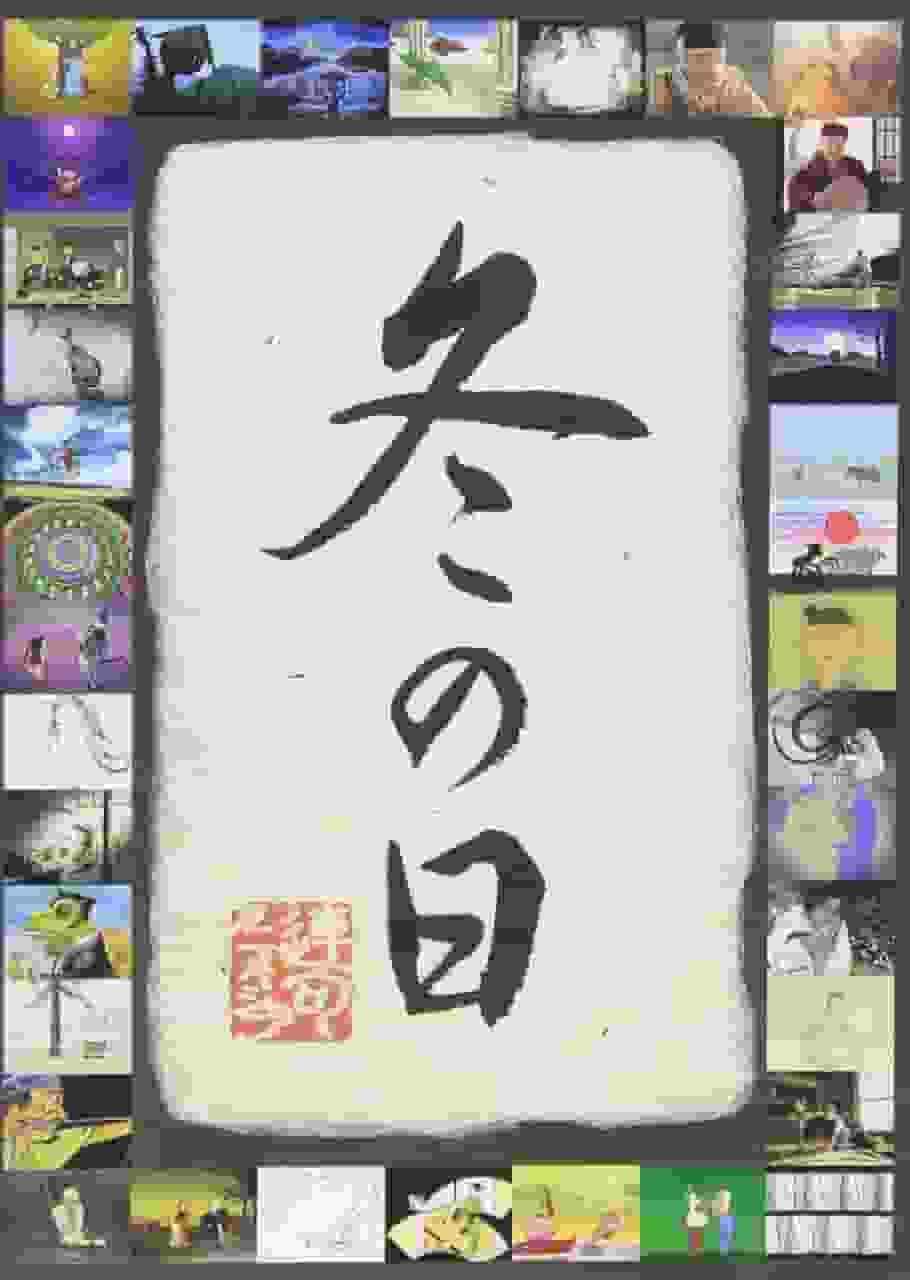
The appeal and evaluation of "Winter Day"■ Public MediaIndependent Production ■ Original Medianone ■ Release dateJanuary 1, 2003 - January 1, 0000 ■Frequencies105 min ■ Director・Director: Kihachiro Kawamoto ■ Production・Cooperation: Agency for Cultural Affairs, Iga Ueno, Igabito Committee ・Production: IMAGICA Entertainment, Dentsu Tech ■Works©IMAGICA Entertainment, Dentsu Tech ■ Story In response to the "hokku" composed by the main guest, the "waki" verse read by the host depicts Basho's travels through the wind. Basho had been invited by Nagoya's cultural figures as the main guest of this renku verse. Nomizu, the host, and others eagerly await Basho's arrival. At that moment, a man carrying a straw hat made of camellia petals blown by the wind enters. As everyone wonders who it is, the traveler removes his hat. It is none other than Basho, with a broad smile on his face. Looking over the camellia hedge, the group can be seen laughing innocently like children. The scene depicts the joyous atmosphere of those who have been waiting for the gathering. ■Explanation "Winter Day" is an animation work created by Kawamoto, who called together 35 animation artists active in Japan and abroad, and is modeled on the style of renku, in which Matsuo Basho and several poets take turns reciting poems. The guest of honor in this unique and unprecedented endeavor was Russian Yuri Norstein. ■CastVoice cast: Noriko Furutake, Aoni Production, Narration by Yen Kikaku Co., Ltd., Basho, Noboru Mitani, Nomizu, Kyoko Kishida, Nihei, Ryuta Kashiwagi, Morikuni, Mutsumi Sasaki, Jugo, Kazutoyo Yoshimi, Shohei, Yutaka Watanabe ■ Main staff "Wakiku" Screenplay by Nomizu / Director by Kihachiro Kawamoto / Puppet art by Kihachiro Kawamoto / Puppet animation by Kihachiro Kawamoto / Effect animation by Hirokazu Minegishi / Shinichi Suzuki (Studio Zero) ■ Evaluation and impressions"Winter Days" is a work produced by a group of animation artists from Japan and abroad under the direction of director Kihachiro Kawamoto, and has been praised for its unique style and profound themes. In particular, the incorporation of the renga (linked verse) form into the animation is extremely innovative, allowing viewers to enjoy both visual beauty and literary depth at the same time. The opening verse, "Hokku," features Russian animation artist Yuri Norstein, whose international perspective breathes new life into the work. Norstein's "Hokku" symbolically depicts the beginning of Basho's journey, leaving a strong impression on the audience as a visual poem. In the "Waki" verse, Kihachiro Kawamoto himself served as director, and expressed the joy and anticipation of the people waiting for Basho's arrival through the delicate expressions and movements of the puppet animation. In particular, the scene in which Basho appears with camellia petals on his hat is a memorable one that combines visual beauty and humor, bringing smiles to the faces of the audience. This scene makes the most of the techniques of puppet animation, and Koichi Oikawa's participation made a major contribution. The "Kyo" verse depicts the inner conflict of an old man who yearns for a noble lady, and the story, inspired by the Noh play "Koi no Oshiage," unfolds into a deep human drama. In the scene where the old man boils water separated by a single piece of cloth, the blue screen animation and background compositing techniques are beautifully combined, creating a visual beauty and a profound sense of the story at the same time. In this scene, Kawamoto's puppet art and Hirokazu Minegishi's puppet animation work together to evoke strong emotions in the audience. Music is also an important element that enhances the appeal of "Winter Days." Shinichiro Ikebe's music enhances the overall atmosphere of the work and, together with the visual beauty, draws the audience in. In particular, the performance by the Tokyo Concerts expresses the deep emotion of the work and touches the hearts of the audience. "Winter Day" is a work that combines visual beauty with literary depth, and can be said to be a masterpiece that brings together the skills and passion of animation artists from Japan and abroad. The innovative attempt to incorporate the form of renga (linked verse) into animation and the story that depicts a deep human drama leave a strong impression on the audience. In particular, the scene where puppet animation technology and background synthesis technology are beautifully combined gives the audience a sense of both visual beauty and narrative depth at the same time, leaving a strong impression on the audience. ■Recommendation"Winter Day" is highly recommended for those who enjoy the fusion of animation and literature, and for those who seek visual beauty and deep human drama. It is especially a must-see for those who are interested in the form of renku and the techniques of puppet animation. It is also recommended for those who enjoy the beauty of music. This work is a masterpiece that combines visual beauty and literary depth, and leaves a strong impression on the audience. In particular, the scenes where puppet animation techniques and background synthesis techniques are beautifully combined give the audience a sense of both visual beauty and narrative depth at the same time, leaving a strong impression on the audience. Please watch this work and feel its charm. |
<<: Lime-colored War Stories: A thorough evaluation of the maiden defenders of Meiji Japan
>>: "Medaka no Gakkou" review: Exceeding expectations with a whirlwind of emotion and laughter
Recommend
3DM's "Digimon: The Last Evolution" movie viewing recruitment event has officially started!
Don't miss it if you pass by. Friends who hav...
It's not insomnia but diligence. Oda said that sleeping too much will make you stupid.
Recently, Japanese media published some interesti...
"selector infected WIXOSS" A thorough analysis of the charm and depth of Midoriko-san and Pirulu-tan
"Selector infected WIXOSS Midoriko-san and P...
Dragon Ball Z English dubbing actor accused of sexual harassment has defamation counterclaim dismissed
English anime voice actor Vic Mignogna was accuse...
A Thorough Review of "Ama no Kusabi": A Captivating Story and Character Depth
The appeal and evaluation of "Ainokusabi&quo...
Impressions and reviews of the 4th episode of "Girls & Panzer Final Chapter": The charm of Sensha-do has been further deepened
Detailed review and recommendation of Episode 4 o...
Deadpool is everywhere! The author of "Deadpool" draws Pikachu to support the movie
With the release of a new trailer, "Detectiv...
"Memories Album" (1982 version) - Reevaluating the moving songs of everyone
"Memories Album" - Looking back on the ...
Net-juu no Susume: Unaired episode review and impressions
"Netojuu no Susume Unaired Episode": A ...
Rest in peace, boss Xiong! Japanese actor Shinichi Chiba passed away at the age of 82
Well-known Japanese actor Shinichi Chiba died of ...
"Demon Slayer" fans were surprised to find that the real-life hot spring village that resembles the Infinite Castle is suspected to be the author's inspiration location
Recently, with the popularity of "Demon Slay...
Warner Bros.' new CEO will double down on Harry Potter IP
It’s a new day for Warner Bros. Discovery Channel...
"Legend of the Galactic Heroes: Star Wars" Chapter 3 PV released, to be released on November 29
Today (October 31), the anime work "Legend o...
Transformers is no longer a bad movie? Bumblebee has a 100% freshness rating on Rotten Tomatoes
The first reviews for Paramount's Transformer...
The first poster of the animated film "The Lord of the Rings: The Battle of Rohan" is released
The first poster of the animated film "The L...




